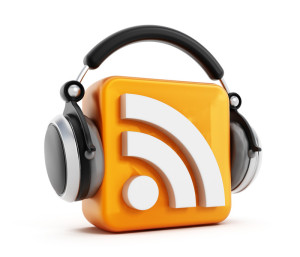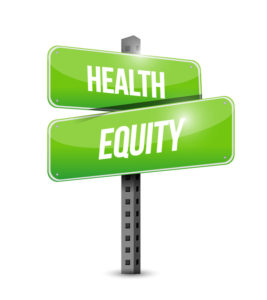If you work in health IT, you probably know who John Glaser is. After a very accomplished career, John retired at the end of 2019 but is still very involved in boards, teaching, and writing. He is still making a  difference in our industry and for that we all should be grateful. And as many retired grandparents are doing during this pandemic, John is sharing childcare duties with his wife for their 18-month-old grandchild.
difference in our industry and for that we all should be grateful. And as many retired grandparents are doing during this pandemic, John is sharing childcare duties with his wife for their 18-month-old grandchild.
I was fortunate to work with John for 10 years when I was CIO at Brigham and Women’s Hospital and he was CIO at Partners Healthcare (now known as Mass General Brigham). I can honestly say that John was the best boss I ever had. Many health IT leaders have been mentored by John over the years, been in a class he taught, heard him speak, or read his writing. I feel fortunate to have worked closely with him for those 10 years of my career.
What prompted a post about John Glaser? With the regular podcast listening I do on my daily walks, the Digital Health Leaders Podcast from CHIME is in my rotation. John was recently interviewed on that series by Russ Branzell, CEO of CHIME. There is so much wisdom packed into the 37-minute conversation, it is worthy of CEU credits in my humble opinion.
The most inspiring part of the conversation was when John talked about his life values and leadership models. As he says, we are all going to die someday. So, what do you want to be able to say about your life in your last 30 seconds? For John, it’s the love he and his wife have for each other, providing a blessed life for his three daughters, that he inspired and taught the people he led, and that he left the organizations and industry he was part of better for what he contributed. I can certainly attest to the last two and knowing his family, the first two as well. Continue reading







